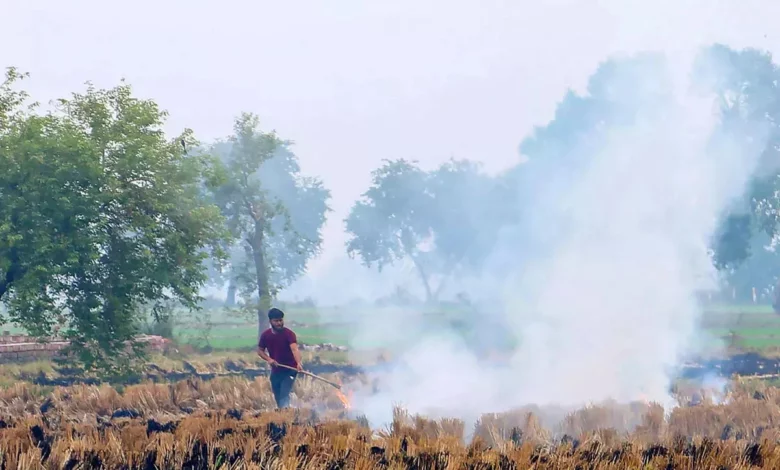Power Min asks states to formulate plans for biomass co-firing in power plants

The Ministry of Power has asked states to formulate time-bound plans to ensure the utilisation of biomass for co-firing in thermal power plants ahead of the Kharif harvest season to reduce stubble burning and air pollution.
To address the issue of air pollution and to reduce the carbon footprint of thermal power generation, the Ministry of Power issued a revised policy in October last year for the use of agro residue-based biomass and mandated the use of five to seven per cent of biomass co-fired along with the coal for all thermal power plants.
Farm stubble burning plays a major role in air pollution across the country.
A senior official told PTI that the power ministry had written a letter to all states and union territories to draft time-bound implementation plans to ensure the utilization of biomass to co-fire it with coal in their thermal power plants and in IPPs (independent power plants) from where power is being procured by states.
In the letter, the ministry further urged all states/UTs to take up the matter with their SERCs (state electricity regulatory commissions) for inclusion of biomass utilization in respective Tariff Regulations.
This assumes significance because the air pollution level rises after the Kharif harvest season in autumn and winters. The stubble burning by farmers contributes to pollution to a great extent.
In the letter, the ministry has highlighted that in the current context of the supply of coal to power plants, the significance of co-firing of biomass has increased considerably.
It has underlined the economic perspective added to biomass (available at a lower price) owing to the rising prices of imported coal.
It has emphasized that co-firing of biomass pellets is not only environment-friendly but also an economical option for power utilities as compared to the blending of imported coal.
The ministry has said that full policy and regulatory support needs to be provided to this initiative.
Ministry of Power (MOP) set up a National Mission on the use of Biomass in thermal power plants in July last year named as SAMARTH Mission.
Biomass co-firing along with coal presents a viable solution to the stubble burning problem while affording multiple benefits like additional income for farmers, power generation, and reduction of dependence on coal.
The ministry has reiterated that this initiative and the efforts of the Mission Directorate (SAMARTH) have made encouraging progress, which needs to be accelerated.
The CERC (Central Electricity Regulatory Commission) has provided specific provisions in its Tariff Regulations 2019 for co- firing of biomass in coal-based plants. These provisions which have encouraged central sector Gencos in co-firing biomass in their thermal power plants provide for capital expenditure on account of biomass handling equipment and facilities for co- firing in new projects.
These are provided that in the case of blending biomass with coal, the landed cost of biomass fuel shall be worked out based on the delivered cost of biomass at the unloading point of the generating station, inclusive of taxes and duties as applicable.
The energy charge rate of the blended fuel shall be worked out considering consumption of biomass based on blending ratio as specified by Authority or actual consumption of biomass, whichever is lower, it provided.
In September 2019, the Ministry of New and Renewable Energy had clarified that power generated from co-firing of biomass in thermal power plants is renewable energy and is eligible for meeting non-solar Renewable Purchase Obligation (RPO).




